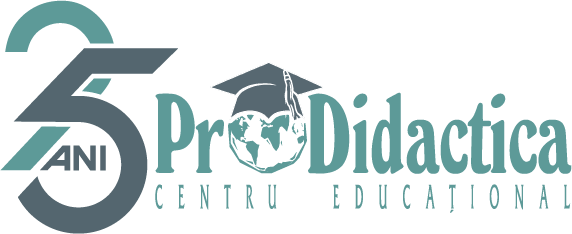CTA SVETLÂI: DOUĂ VIZITE DE STUDIU PENTRU 43 DE ELEVI DE LA ”AGRONOMIE”
Școlile beneficiare ale proiectului ”DevRAM”, Partea I își continuă vizitele de studiu la agenții economici. Colegiul Tehnic Agricol din Svetlâi are planificate mai multe. Două dintre ele au fost desfășurate la SRL ”Terra Vitis” din Cahul, pentru elevii de la specialitatea ”Agronomie”. Acestea au avut drept scop studierea tehnologiilor moderne de prelucrare a solului și a celor utilizate în domeniul horticol. La prima vizită au participat 15 persoane (grupa 41 a), iar la cea de-a doua – 28 (grupa 11 a). Citește mai mult






